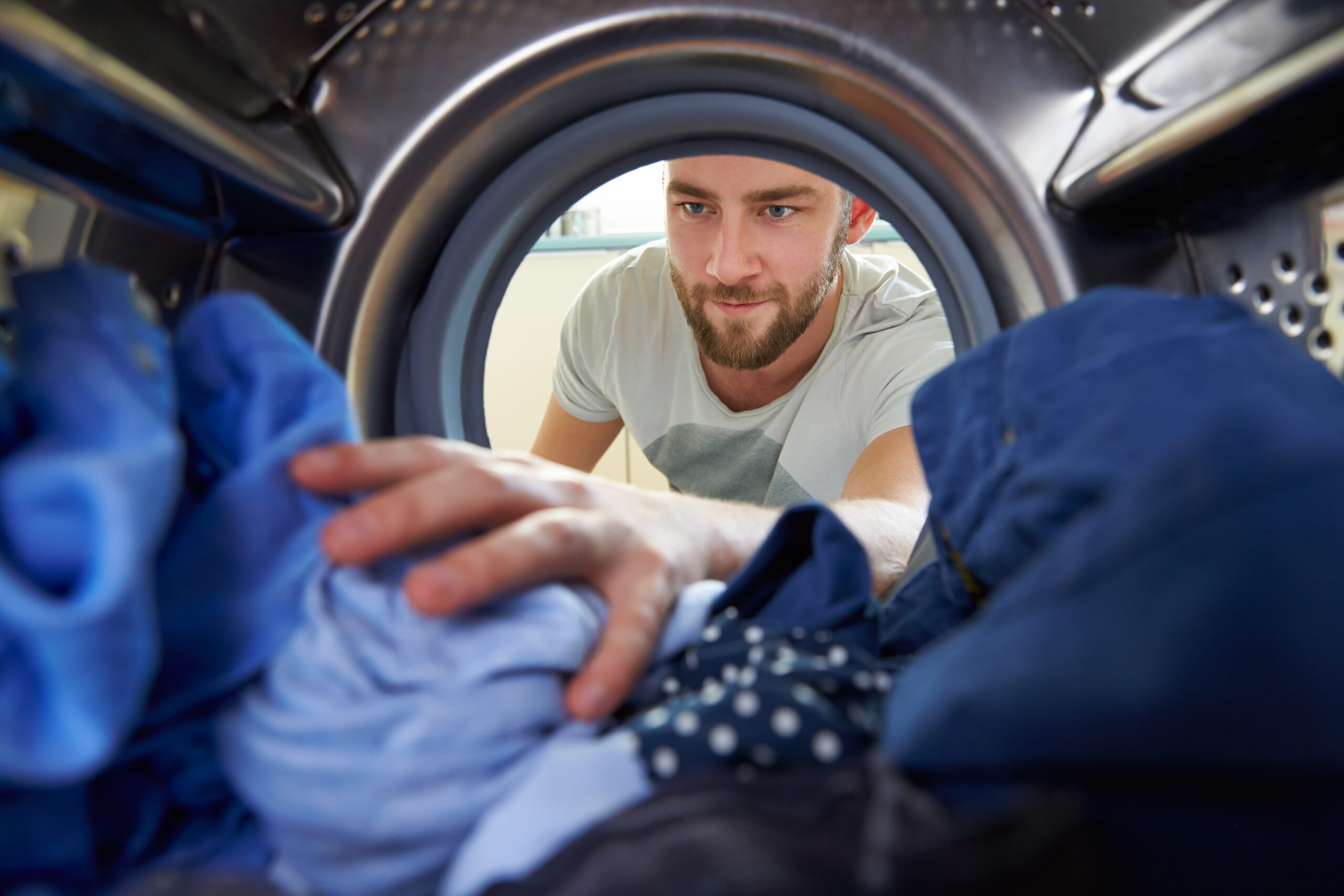How much electricity does a washing machine use?
Washing machines are an essential appliance in any home.
They allow you to quickly and easily clean your clothes and linens. But have you ever been hit by an unexpectedly high electric bill and wondered how in the world did it get so high?
You might think of your electronics, your refrigerator, or even your induction stove. But have you ever considered washing machines as the reason for the bill? You might not be aware, but some washing machines use more electricity than others, and you only start noticing this with regular use.
In this article, we’ll analyse how much electricity does a washing machine use, how to interpret their energy ratings, and we’ll share some tips to help you reduce how much electricity your washing machine uses.
How much electricity does a washing machine use?
On average, a typical washing machine uses around 173-230 kilowatt-hours (kWh) of electricity per year in the UK.
This equals around 1.3-1.8 kWh per cycle; in simpler terms it’s equal to keeping a light bulb on for 21-30 hours continuously.
So exactly how much electricity does a washing machine use? The answer is it varies according to different factors, such as size, efficiency, type and cycle settings.
Size
Larger capacities mean more room for clothes in a single load, which is fantastic when you’re drowning in a mountain of dirty laundry. But having a washing machine with a larger capacity is like having a car with a spacious trunk – it’s great for fitting in more stuff, but you’re paying more for energy.
Efficiency
The EU has an energy efficiency scale that runs from G all the way to A+++. Machines rated A+++ are the gold standard. They use the least amount of power to get your laundry clean and crisp. So, when you’re on the hunt for a washing machine, do your best to get an A+++. The rating is a guarantee of lower energy usage and fewer unwelcome surprises to your electricity bill.
Type
Top-loading washing machines usually have the upper hand when it comes to power consumption. They operate with a simpler mechanism and generally use less electricity. It’s energy-efficient, compact and nimble. On the other side, front loaders consume slightly more power than top loaders because of their design. While their design forces them to use a bit more power than top loaders, it also makes them excel in water efficiency.
Cycle settings
The setting you put your cycle on also affects your electrical consumption. Washing your clothes with shorter cycles allows you to consume less energy than longer, more intensive cycles. Higher temperatures also cause the machine to consume more electricity for heating up the water and increase the amount of energy consumed in your laundry routine.
To get a more accurate estimate of how much electricity does a washing machine use per cycle, check your product information or user manual for average or typical kWh ratings.
Then divide by the average number of yearly cycles you expect to use to determine the kWh used per load.
How to read washing machine energy ratings
Every new machine comes with a sticker on it. Some have alphabets, while others have facts and figures that you’ve struggled to understand. These aren’t gibberish but they are meant to indicate the efficiency of your new machine and how much energy it will consume.
Let’s decode some of the labels you’ll find when picking a new laundry machine.
Energy rating
The ultimate badge of honour for any home appliance. Machines with the A+++ rating are energy efficiency champions, using the least amount of energy. The further away from A, the less efficient.
Kilowatt/year or kWh/Year
This represents the estimated kilowatt-hours used per year. The lower this number, the more efficiently the machine operates.
Capacity
How much laundry do you typically have? The laundry requirements of a two-person home won’t be as high as a house with five people. Capacity is the drum’s size and indicates how many clothes can be washed in the machine at once. The smaller the capacity, the less electricity it uses per wash cycle.
When shopping for a washing machine, be sure to check these stickers. They help identify which models are more energy efficient and consume less electricity. Some of them may cost more upfront but it will save you money in the long run.
How to save the amount of electricity a washing machine uses
Small changes in how you use your washing machine can also reduce its electricity appetite.
Here are some subtle adjustments you can do to minimise power usage.
Consider opting for cooler cycles at 30°C or 40°C instead of cranking up the heat to 60°C; not only does this save energy, but it’s also gentler on your clothes.
Another trick is to maximise efficiency by running full loads. Full loads ensure that the energy consumed in every cycle is used to its full potential.
Finally, for lightly soiled clothes, choose quicker cycle times – it helps you save time, and reduces the energy spent by your machine.
Regularly cleaning and draining your washing machine will help it sustain its peak performance.
Check the water hoses too to ensure they are securely connected without any leaks. This prevents both water wastage and potential damage to the machine.
These are seemingly small but highly effective shifts that can contribute to a greener and more energy-efficient lifestyle, and also go a long way in keeping your clothes and your machine happy and healthy.
Which washing machine uses the least amount of electricity?
For those in the market for a new washing machine, your best bet is a front-loading model with A+++ ratings on the EU Energy Label scale.
These are typically the most energy-efficient.
Look out also for appliances with low kWh/year estimates and large drum capacities, and compare ratings carefully to find the most efficient option that aligns with your budget and needs.
Find the perfect laundry companion for your home here.
Whether your priority is an environment-friendly washing machine or the perfect laundry companion for your household needs and budget, you can find it in our full selection of washing machines.
But if you’re still unsure, we’re always here to help narrow the options.


